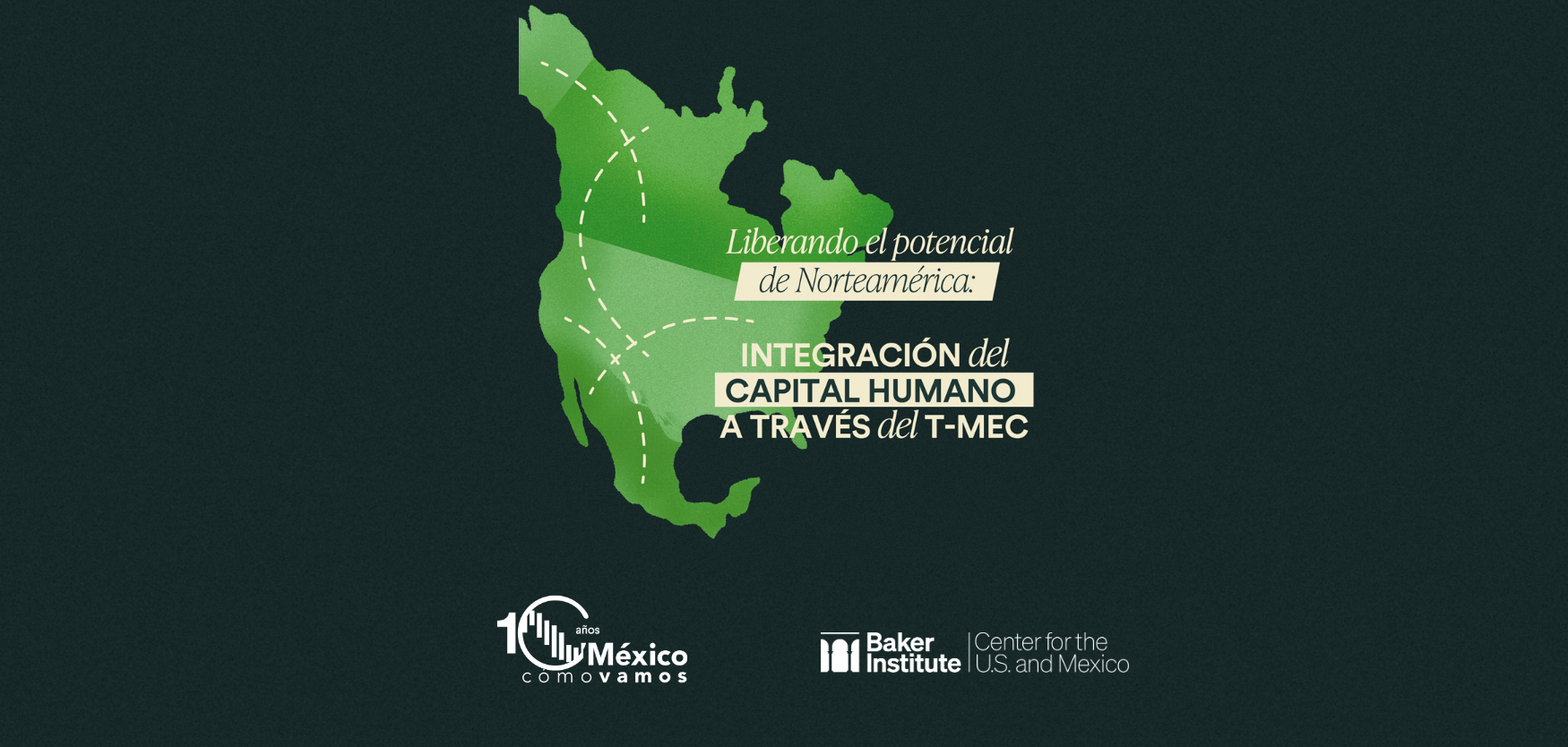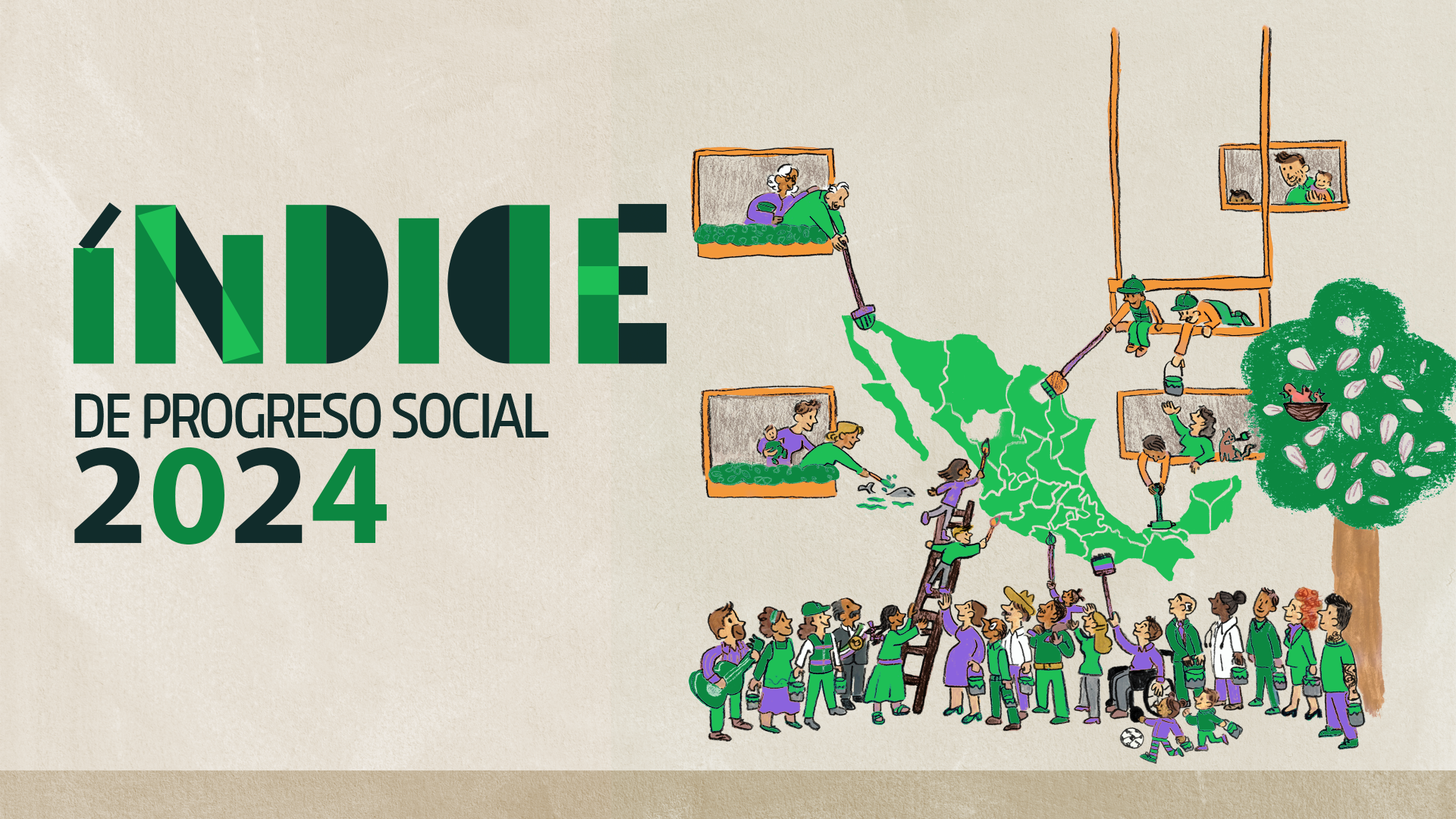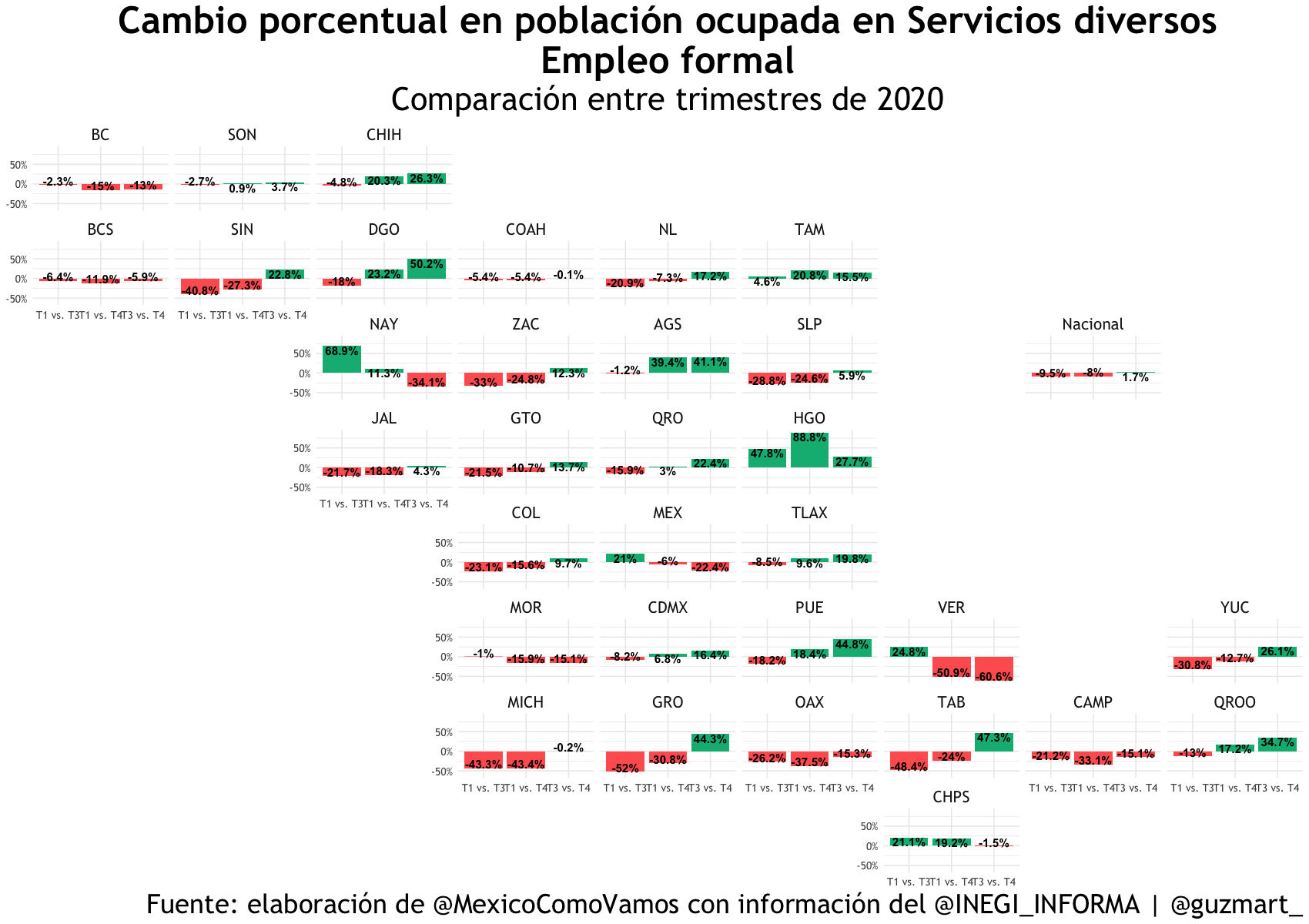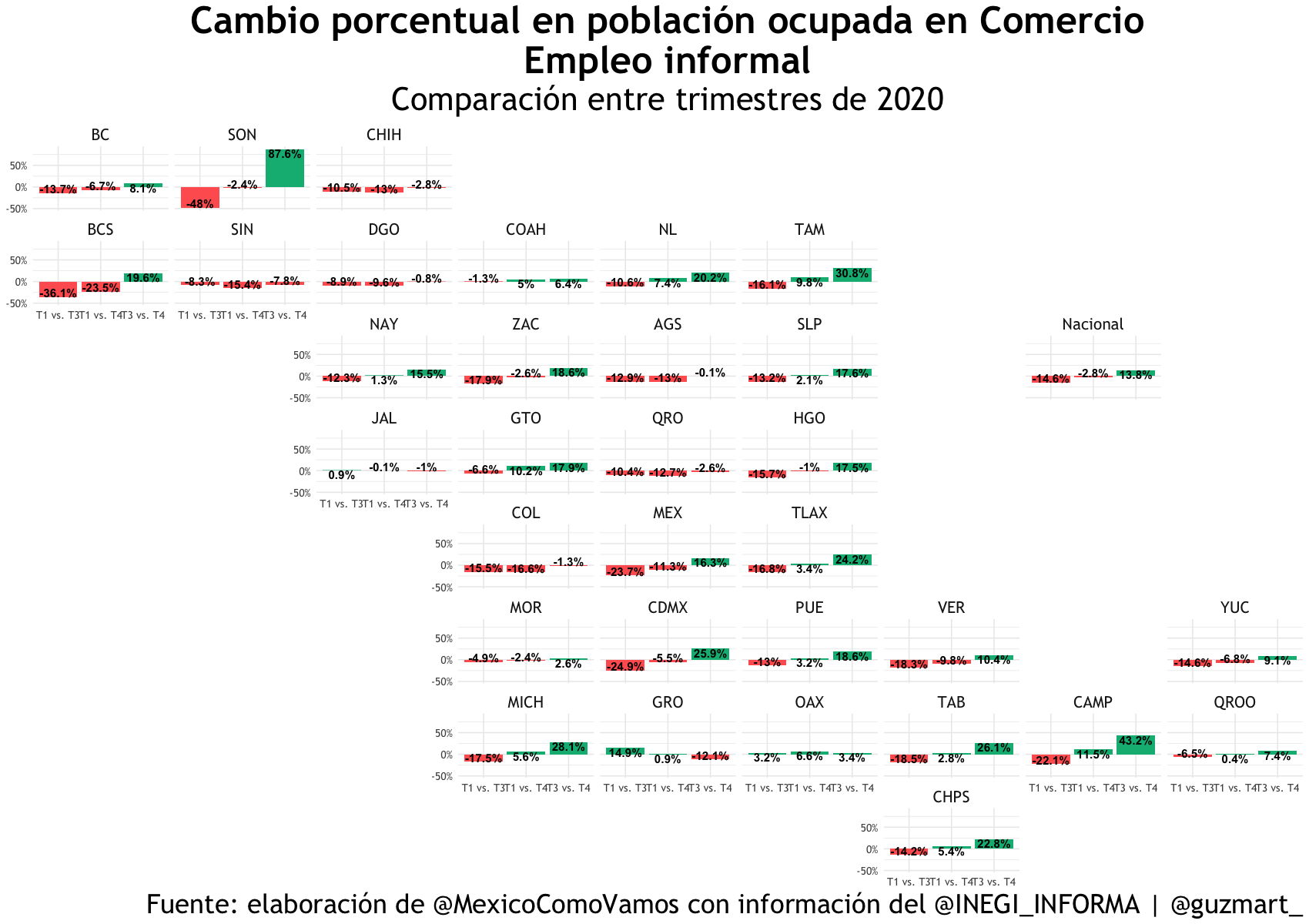
The chapter on Temporary Entry of Business Persons (TEBP) of the free trade agreements (FTAs) between Mexico, the United States and Canada has gone through without major changes since its first appearance in the North American Free Trade Agreement (NAFTA) of 1994. During the 26 years of NAFTA, it was a little-known chapter and, therefore, little taken advantage of, despite the enormous potential it has for constituting preferential treatment that was not extended to other United States’ trading partners.
The TEBP chapter applies to measures that affect the temporary entry of people traveling for business reasons between both territories. Each of the parties to the Treaty defines what is meant by temporary, in accordance with its immigration legislation, and to define what the concept of business person refers to, four categories were established, which are incorporated in an annex to the chapter, and which constitute what is now known as NAFTA Visas or now USMCA Visas.
The truth is that, since its original negotiation in the early 1990s, the concept of temporary entry had enormous political sensitivity because, although it is not migration in a broad sense, it seems like a migration issue incorporated into a trade agreement and, in general, tends to be confused as such. As a result, the chapter incorporates paragraphs that take special care of the commitments made between the three North American countries and, particularly in the United States, the discussion with Congress was not easy. For example, from the beginning of the chapter it is made very clear that the objective is not to affect permanent employment and that measures that guarantee border security are privileged.
The benefits of having a chapter on TEBP in NAFTA and subsequently in USMCA come from the exemption, for nationals of the member countries, from prior approval procedures, labor certification tests or numerical restrictions. This is very relevant because, for example, the United States has annual numerical limits on the granting of certain types of visas and these limits do not apply to Mexico or Canada.
Another important advantage of this chapter is that it stopped being negotiated by the United States in 2004. In that year, the United States Congress, as part of the procedure it follows to authorize the Executive Branch to negotiate international trade agreements, prohibited the United States Trade Representative (USTR, the negotiating authority) to include provisions on migration in trade agreements. As a result, the only US trade agreements that have a chapter on TEBP are NAFTA and its successor, USMCA, as well as the US-Chile FTA, although the latter has a much lower level of coverage than the North American agreements. In other words, the erosion of the United States’ trade preferences towards Mexico post-NAFTA, when our main trading partner began to negotiate more treaties, does not apply to this chapter.
Now, there are four categories that were negotiated in the annex to the temporary entry chapter, which include not only service providers, but also people related to the trade of goods and investors:
- Business visitors: persons who visit another country for a short stay to carry out business activities such as those described in the appendix to that annex (persons who carry out research independently or for a company, persons who will supervise the operation of certain equipment, people visiting a trade fair, people in charge of some after-sales service or tour bus operators, to name a few examples). The list in the appendix contains 19 activities, but it is an illustrative list, not an exhaustive one. The visas for this category in the United States are the H1-B Visas.
- Traders and investors: these are people who visit another Treaty country to close an investment or a business operation. In the United States, they correspond to the E-1 (merchant) and E-2 (investor) Visas.
- Intra-company transfers: Refers to people who perform managerial or executive functions or that require specialized knowledge, who are transferred from the parent company in one country to a subsidiary or branch in another country. The visas corresponding to this category in the United States are L Visas and to apply for this visa, the person must have worked in the company for at least one year within the three years prior to the application.
- Professionals: these visas are also known as NAFTA Visas, or USMCA Visas , now TN visas, although all of the previous ones are also correct. They are granted to professionals who receive a job offer from a company in another treaty country and do not apply to independent professionals. Obtaining these visas, which in the United States are called TN, is a separate requirement from the authorization to practice professionally in a foreign country —licenses in the United States and Canada, professional titles in Mexico —, which are regulated by the authorities specialized in the professional practice of the three countries (the Dirección General de Profesiones of SEP in Mexico; the state and provincial authorities, as well as the Colleges of Professionals or Boards in the United States and Canada) and that are negotiated from the chapter of Cross-Border Trade in Services. Unfortunately, the list of professions contained in the appendix of this category (63 professions, originally) is a closed or exhaustive list.
Under our treaties there is a commitment that the member countries exchange figures on how many authorizations have been granted to nationals of their trading partners, to the extent possible, disaggregating by category of business person. These figures were exchanged at meetings of the Temporary Entry Working Group, a group established by the chapter and made up of representatives of each country in commercial, immigration and professional matters. This group met regularly, at least every year, during the first ten years of NAFTA.
In addition to exchanging figures on temporary entry authorizations, which in the case of Mexico were always far below expectations, ways were sought to disseminate the benefits of the chapter, common interpretations of the categories were negotiated, and work was also done on adding professions. In this way, during NAFTA’s life, the profession of Actuary and the specialty of Phytopathologist in the Biology field were added to the list of professions. Later, a trilateral procedure was worked on to facilitate the addition of new professions in the appendix, but this procedure was never implemented in the three countries. Finally, the Working Group followed up on a limit that Mexico had for granting TN visas for ten years, corresponding to 5,500 professionals per year. This limit was always far from being reached by Mexican professional applicants in its ten years of duration and in the eleventh year it was definitely removed, in accordance with the Treaty.
For USMCA’s negotiation, in the first seven rounds of negotiation, the United States did not participate with the argument that it had a prohibition from its Congress and in fact proposed the elimination of Chapter 16 of NAFTA. Mexico and Canada objected, saying that the negotiation was actually a modernization of an existing treaty, not a new negotiation, and that they could not accept a result less ambitious than that achieved in NAFTA. Mexico and Canada discussed several improvements to the chapter, such as the idea of expanding the list of professions, drawn up in the early 90s, making it an open list and even defending the idea of including some technical professions or people with certified work skills that were suggested in the negotiations of other chapters—such as welding divers in oil facilities.
The United States’ refusal to have a chapter on the temporary entry of professionals with specific objectives reached the last phase of the negotiation, the ministerial negotiations, in which it was decided to keep the chapter identical to how it was written in NAFTA, to avoid accusations in the United States Congress.
Therefore, Chapter 16 of NAFTA is practically the same as Chapter 16 of USMCA, which represents a great opportunity for improvement in the future. It is not clear that this improvement can be achieved in USMCA’s revision in 2026, as there is much concern about opening this discussion to renegotiation. Alternatively, a reactivation of the Temporary Entry Working Group can be sought, from which improvements are proposed that go through the USMCA Free Trade Commission without going to Congress. Furthermore, some of the ideas exchanged during the negotiation between Mexico and Canada can be taken up in that context.
A more ambitious alternative that would require more lobbying in the United States is to propose a strategy to partially address the migratory pressure on Mexico’s northern border through improvements in the temporary entry of certain categories of Mexican business persons who can be approved in the legislation of the United States, even outside the Treaty, in exchange for the United States addressing Mexico’s sensitivities on other issues of the bilateral relationship. This will depend on the position on migration by the Congress that is elected in 2024 and the political will to find innovative solutions to the challenges of the complex relationship between Mexico and the United States in labor, immigration, energy and trade issues, to mention only those of a mainly economic nature.
References:Treaty between Mexico, the United States and Canada. Chapter 16. Available at: ttps://www.gob.mx/cms/uploads/attachment/file/465798/16ESPEntradaTemporal.pdf
Haz click en la postal de abajo para ir al micrositio.



















